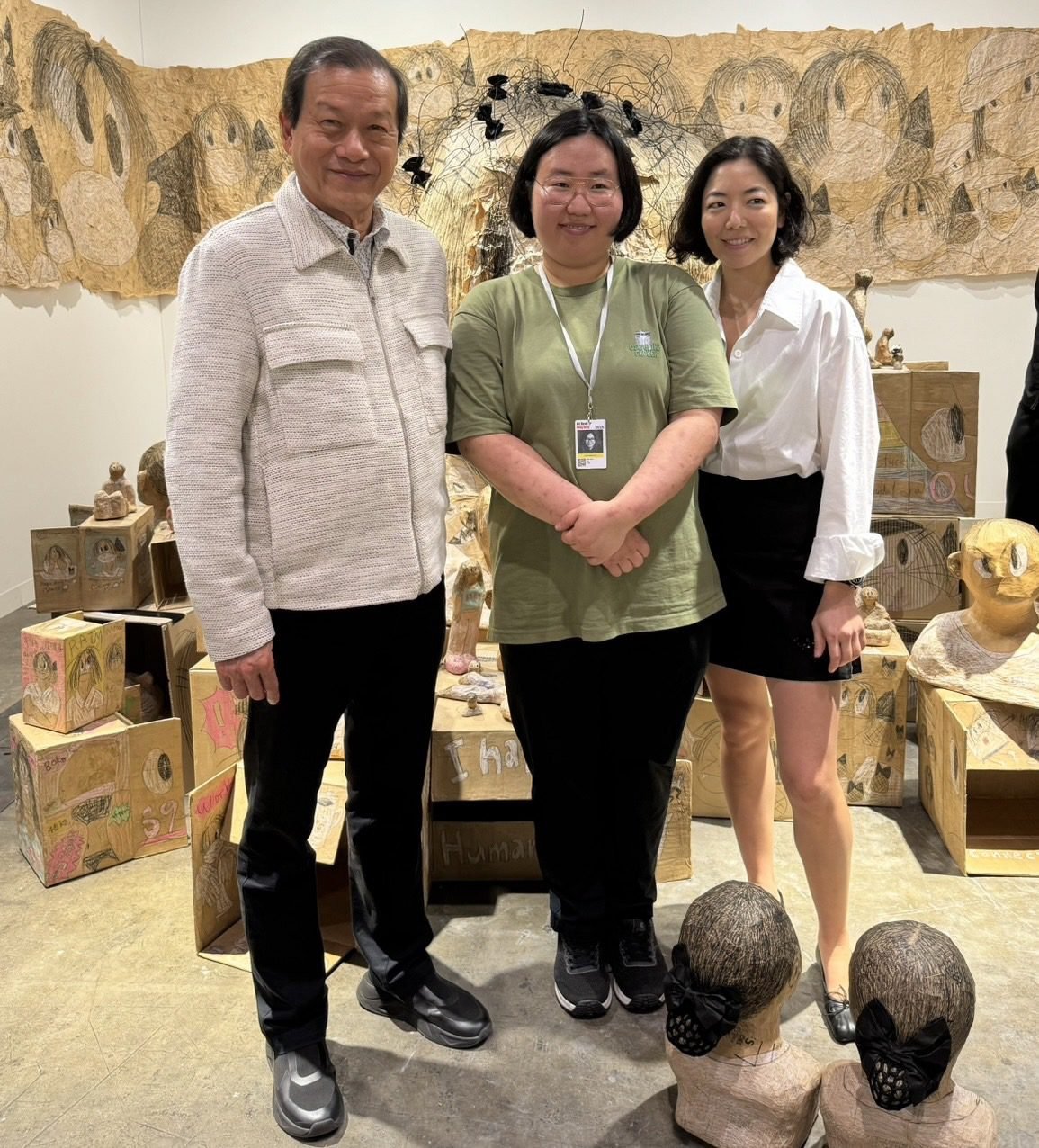Champagne glasses clinked beneath the stars while guests danced on a yacht along Hong Kong Harbourfront during Art Basel Hong Kong (ABHK). The event sparked a wave of gallery openings, late-night parties, and headline-grabbing art sales.
Hong Kong’s status as an art trading hub has faced new challenges. Gallery owners raised concerns about increasing shipping fees and continuing tariff hikes. The economic impact of former U.S. trade policies still affects the market.

From Hong Kong’s Art Basel to Thailand’s soft power push
Despite those pressures, the Hong Kong Convention and Exhibition Centre remained lively. Over 240 galleries from 42 countries joined this year. Nearly half represented the Asia-Pacific region. International heavyweights like Gagosian, Hauser & Wirth, and White Cube shared space with Bangkok CityCity Gallery and Tang Contemporary, highlighting the region’s growing talent.
Major institutions joined the cultural momentum. M+ Museum presented “Picasso for Asia: A Conversation,” featuring 60 original Picasso works and 80 pieces from Asian artists inspired by his style. HKMoA drew crowds with paintings by Renoir and Cézanne. M+ also held a dual retrospective of Cindy Sherman and Yasumasa Morimura.
Art Central hit its peak size this year, with over 100 galleries and 500 artists. Top auction houses sold works by Chagall and Basquiat. Phillips, Christie’s, Sotheby’s, and Bonhams hosted major auctions, and the Sovereign Art Prize was awarded.
The city buzzed beyond the convention halls. Rossi & Rossi displayed work by Tenzing Rigdol. Tomorrow Maybe exhibited Chulayarnnon Siriphol’s The Golden Snail Series. 10 Chancery Lane Gallery showcased Southeast Asian artists including FX Harsono and Dinh Q. Lê.
Sales Boom and Thai Talent in Focus
This year saw several big-ticket sales. Yayoi Kusama’s Infinity Net sold for US$3.5 million. A Louise Bourgeois sculpture brought in US$2 million. Thaddaeus Ropac sold US$6 million in total, including works by Lichtenstein and Baselitz. Yue Minjun’s painting was sold by Tang Contemporary.
Thai artists gained visibility. Pinaree Sanpitak’s 2003 piece “Silver Offering” sold at US$75,000 each. Rirkrit Tiravanija’s text-based works appeared at Pilar Corrias and Kurimanzuto. Channatip Chanvipava debuted at Ames Yavuz. Tanat Teeradakorn’s installation at Bangkok CityCity Gallery featured protest songs, videos, and T-shirts. Gongkan’s transgender-themed series sold out before it officially opened.
The MGM Discoveries Art Prize went to South Korea’s Shin Min. Her work explored gender and labour themes. MGM and Pansy Ho awarded her US$50,000, supporting the role of art in Macao’s cultural tourism.
New Thai Museum and Global Aspirations
The Dib International Contemporary Art Museum was announced during ABHK. The late Petch Osathanugrah began the project. His son, Purat Osathanugrah, now leads the effort. The announcement at Rosewood Hong Kong attracted key figures like Hoor Al Qasimi and Uli Sigg. The museum opens in Bangkok on 20 December.
A talk between Purat and Alan Lo spotlighted the Dib Museum’s goal: putting Thailand in the global contemporary art conversation.
Bangkok’s Soft Power Drive

From Hong Kong’s Art Basel to Thailand’s soft power push
Thailand’s Prime Minister Srettha Thavisin plans to transform Bangkok into Asia’s art capital. His strategy includes partnering with Art Basel. The Thailand Creative Culture Agency (THACCA) has reduced art import taxes from 10% to zero. The government wants to compete with regional players like Singapore and Vietnam.
THACCA expanded its campaign to Macao, where Lawrence Ho of Melco Resorts hosted Global Soft Power Talks. Key speakers included chef Alain Ducasse and designer Viviana Muscettola. They explored how resorts can support cultural tourism.
Macao’s move into luxury and arts, seen in projects like Zaha Hadid’s City of Dreams, raised debates. Casino lobbies now feature works by artists like Murakami and Mr. Doodle. Critics question whether this blends or dilutes cultural influence.
Concerns Over Culture and Gambling
Thailand faces rising opposition as it explores casinos and entertainment centres as part of its soft power plans. Some citizens protested against proposed laws. Concerns focus on whether linking culture with gambling sends mixed messages.
The creative economy continues to grow, but policy decisions carry weight. While art now commands global attention, Thailand’s cultural strategy must weigh both vision and public response.






